Editor’s Note: This post is written by a member of LTV’s sponsored content team, The Leisure Explorers. Do you own a Leisure Travel Van and enjoy writing? Learn more about joining the team.
My wife and I are new to this RV lifestyle. Our life together has been in a stick and brick, escaping to nature as often as possible. We have spent weeks backpacking in Maine, New Hampshire, and Virginia. We have RVed, backcountry camped, and most things in between throughout the United States. Our desire to travel and explore our beautiful country was born early in our relationship. The allure of the open road, with no destination in mind, has molded our life choices.

Mindful travel is our commitment to honoring early lessons we learned at Baxter State Park in Maine. Sustainable camping is not as easy as it sounds. I’m sure we have all heard terms like eco-friendly, leave no trace, carry-in carry-out, etc. These ideas are synonymous with national parks and historical places. I will break it down and discuss it.
My Introduction to Hiking
I was 18 and experiencing my first hike—an ascent up the infamous last five miles of the Appalachian Trail in Maine. My future ex-husband was excited to introduce me to hiking. Hiking was one of his favorite passions; he had been hiking with his family for years. I was an athletic person who loved spending time in the mountains. How had I never hiked? Simply, I did not know anyone who did and did not realize there were trails.
I used muscles I did not know I had, climbing the hunt trail with car-sized boulders. We navigated narrow ridges with impressive drop-offs. My mind was weak, and the workout was like nothing I had ever experienced. I was done when we reached the tableland, a mile short of Mt. Katahdin’s summit. I stated I was not going any further. He was stunned. However, he still attempted to convince me that we were almost there and that I should continue.

I held my ground, and we proceeded back down the mountain. Surprisingly, a few days later, we were hiking again. This time, he picked a short, steep hike up the Cog Railroad on Mt. Washington, New Hampshire. The average grade exceeds 25% in some places and is as steep as 38%. The ultimate stair master, we gained just over 3500 feet in three miles up the tracks. This time, I achieved the summit, and this one success began a lifetime of love for hiking and camping.
Baxter State Park
Percival P. Baxter created Baxter State Park, donating almost six thousand acres of his own land to the state. The only covenant was that the land was to remain forever wild and natural. Through additional purchases and land gifts the park grew to over two hundred thousand acres. The Baxter State Park Authority manages the park. This park and its management style guided my understanding of our responsibilities when visiting these wild or historic places.
An Important Story
I remember a story that stuck with me all these years later. We were sitting around the fire pit, and my father-in-law was talking about an instance he had witnessed a couple of years before regarding a group of hikers. They had been camping at Russell Pond Campground, a remote destination within Baxter State Park. At the end of their stay, they left and hiked on to their next campsite about three miles away.

The Ranger who cared for this campground and several other remote campgrounds in the area discovered they had thrown their dehydrated food foil packages into their fire pit. However, the foil packages did not fully burn, leaving residual chunks of melted foil among the coals. The ranger meticulously picked everything out of the fire pit that was not organic, placed it in a bag, and hiked several miles to find them. He gave them the bag of trash, educated them about their misstep, and warned them of future penalties if they did something like that again. The fact that this small amount of trash was important enough to the ranger that he hiked several miles to right the wrong and provide education made an impression on me.
A rake and broom are standard equipment in a lean-too in Baxter State Park, many of which are remote backpacking locations. It is an expectation to leave no trace, and there is no gray area. Do not burn non-combustable items, sweep out the lean-too before you leave, rake your site. If you have a fire, ensure you burn all the wood and leave only ash, which is dead out.
Sustainable Camping

Sustainable camping has many parts. One of the most important things to do is purchase high-quality gear. Camping gear and backpacking equipment ranges in price and durability. Choosing quality equipment from respected outdoor companies is the first step in sustainable camping. Purchasing an inexpensive limited use styrofoam cooler might sound like a good idea, but when it fails after a few days it just adds to a landfill. Instead, if I purchase a quality cooler I can use it for years.
Patagonia is a leader in sustainable practices and ethical production and has earned the prestigious B Corp certification. B Corp certification is a rigorous set of standards a company needs to prove, from social and environmental performance to public transparency and legal accountability. Patagonia’s Worn Wear program promotes keeping used gear and clothing out of landfills. The company offers credit for used gear, sells used gear, and sponsors events that assist people in getting their gear fixed.
We choose what companies we want to spend our money with. A couple of our favorites are LL Bean and REI. In addition to providing top-quality equipment and brands we trust, these companies share a desire to be stewards of the environment. REI’s mission statement is to “inspire, educate and outfit for a lifetime of outdoor adventure and stewardship”. LL Bean, where the doors have no locks, “believes the more time you spend outside together, the better.” Corporate values matter to us.
Leisure Travel Van

When we decided to purchase a state-of-the-art Leisure Travel Van, it was not only about the quality of their product. It was about the quality of their business. We bought into the company’s beliefs and high standards. We appreciated how they treat their employees and the work environment they create. Dedicated, happy employees are important for consistently delivering quality products.
Voyager’s solar panels, control systems, and inverter, in coordination with 12-volt pumps and motors, are highly efficient. Our lighting consists of adjustable LEDs, which provide light exactly where we want it at a level we can adjust. In addition, an efficient heat pump provides air conditioning or heating. Most of our power needs are provided by the sun’s renewable energy. We do have a generator when necessary.
Our LTV is also equipped with an extremely efficient propane two-burner stove, propane heater, and on-demand hot water system. Our purpose and goals are to travel and explore. This highly efficient RV checks all the boxes, making mindful travel and sustainable camping possible.
Resource Management
In our time exploring together, we learned early how efficient we could be. Backcountry camping is exhilarating and exhausting. Every necessary or desired resource is carried on your back to your destination. Our longest trips were about seven days. We selected all gear, clothing, food, and water with a purpose. We asked similar questions about each item we placed in our pack: Is its value worth its weight?
Some things must go into the pack like food and water. We still had to decide what type of an experience we wanted to have. Did we want to carry fuel and a stove for cooking, or did we want to eat granola bars and peanut butter for a week? This process of evaluating what was important for us to carry in our backpacks, transcended into our RV life today.
Water Management
When backpacking, water is an essential item, as it is in RVing. It is also arguably the heaviest. Water is necessary for drinking, cooking, and cleaning. It weighs in at a whopping eight pounds per gallon. Depending on temperature, elevation, and exertion, it is recommended to drink 1-2 cups of water per hour. This weight can quickly add up.
Sometimes, water can be attained from a river or spring along a hiking path, which can minimize the amount of water being carried. Water availability along a hiking route needs to be researched and is not guaranteed. Even a reliable source of water can dry up. However, even if a source is available, it has its challenges. Purification will be required to drink the water safely. Additional time and energy are necessary, whether you use a filter, special light, purifying tablets, or boiling.
Backpacking taught us the mindful use of water. Amazingly, when our resources were limited, we could conserve and make every ounce count. One of my wife’s comments struck me. She was watching me clean our dinner dishes the first night home after returning from a camping trip. She said you know you are rinsing the dishes like you did while we were camping. I took it as a compliment. Even though I had unlimited water available, I was still purposeful in my process and was conserving water. Voyager holds a whopping thirty gallons, which lasts us many days when boondocking.
Leave No Trace

There are several key principles when practicing leave no trace. First, stay on marked trails. Many camping environments are located within environmentally sensitive areas. Alpine, coastal, and desert regions all have specific vulnerabilities. When hikers wander off trail on high summits, delicate mosses and lichens can be damaged. These plants, which may have taken years to grow, can be quickly destroyed.
Human activity in wilderness areas contributes to erosion. Much work is done to minimize visitors’ impact on these amazing environments. Trail building and maintenance focus on reducing human impact in many ways. Trails are constructed in areas with durable surfaces. Trenches are dug to aid with stormwater runoff. Bridges and walkways are constructed to minimize impact on wetlands.
I’m sure anyone who has spent time in the backcountry has experienced that inevitable trail that has turned into the stream flowing down the mountain after a rain event. We treat it as part of the experience and stay on the trail (or in the stream). Unfortunately, this is not typical, and it’s easy to find areas where a single trail has become multiple trails from people foraging through the woods, all to avoid a little water or mud.

Respect The Natural Landscape

Cairns are stacked rocks that help guide hikers. In the above picture, this cairn additionally held up a trail marker. In areas without trees or confusing terrain, cairns may be used as an extra layer of protection to help hikers find their way. These cairns are lifesavers in fog or snow storms when it’s impossible to see blaze markings.
Most people do not understand their value and proceed to construct rock structures and cairns arbitrarily wherever they choose. This could lead to unanticipated dangers to others and detract from the natural environment. We have the privilege of visiting these places, and we are responsible for leaving them as we find them.
I was sad when we visited Valley of Fire State Park in Nevada this spring, and it had been a year since our last visit. Our first stop was the infamous bee hives, which are beautiful rock formations resembling an upside-down bee hive. Several of the hives’ layers have been filled with small rocks, completely changing the look and appeal of the beautiful structures. I do not understand some people’s infatuation with placing rocks where they do not belong or building rock formations. This desecration begins with just one rock.
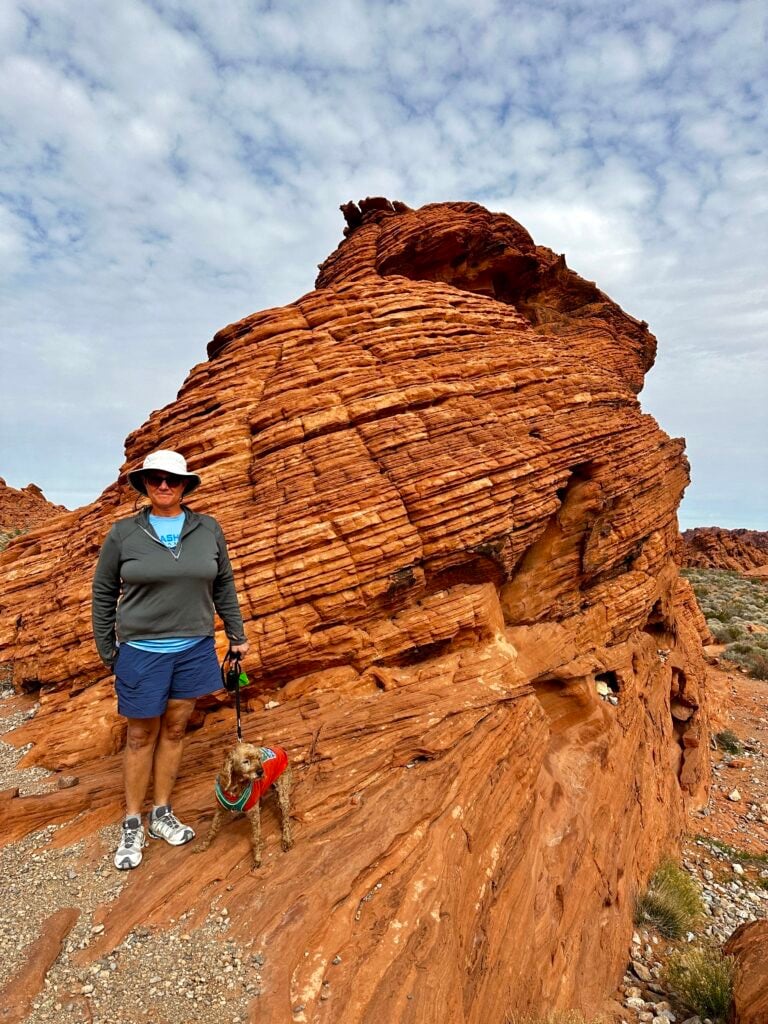
Disregard is Simply Vandalism
Rock stacking is no different than etching your name in a tree, which we saw at Montezuma Castle National Monument. Or graffiti painted on rocks, which we saw in Joshua Tree National Park. Even here at City of Rocks State Park, maintaining the natural environment is a constant battle. Every day, we remove graffiti and knock down stacked rocks, returning campsites to their natural state. Below are just a couple of examples. These tags, whether etched, spray painted, or children’s chalk are time-consuming and difficult to remove.
When rangers spend their time fixing these types of things, they cannot do their primary jobs, including running the park and being an asset to the local community. Rangers and volunteers scrubbing graffiti cannot assist and educate campers and youth groups. This type of vandalism takes away from everyone.
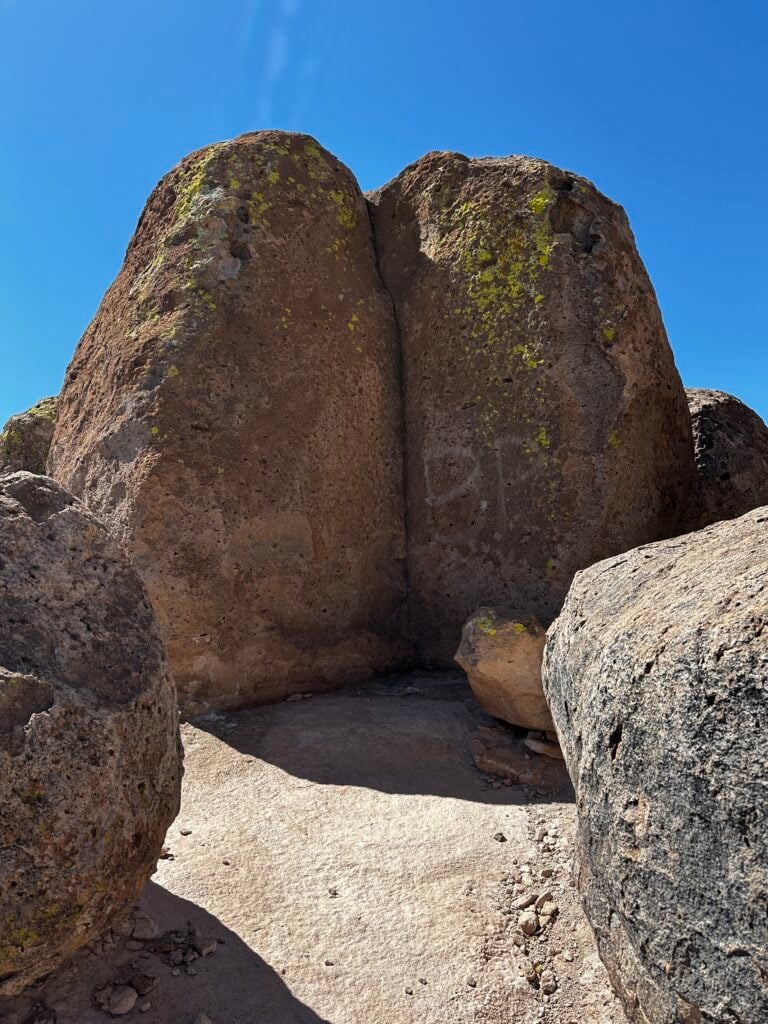
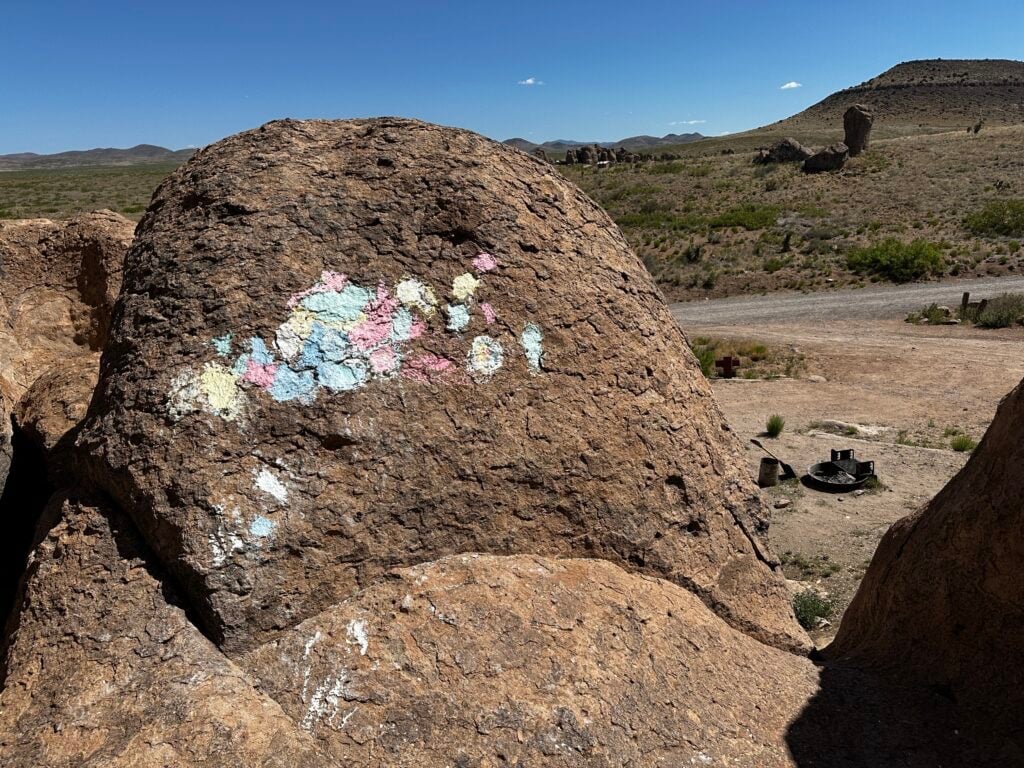
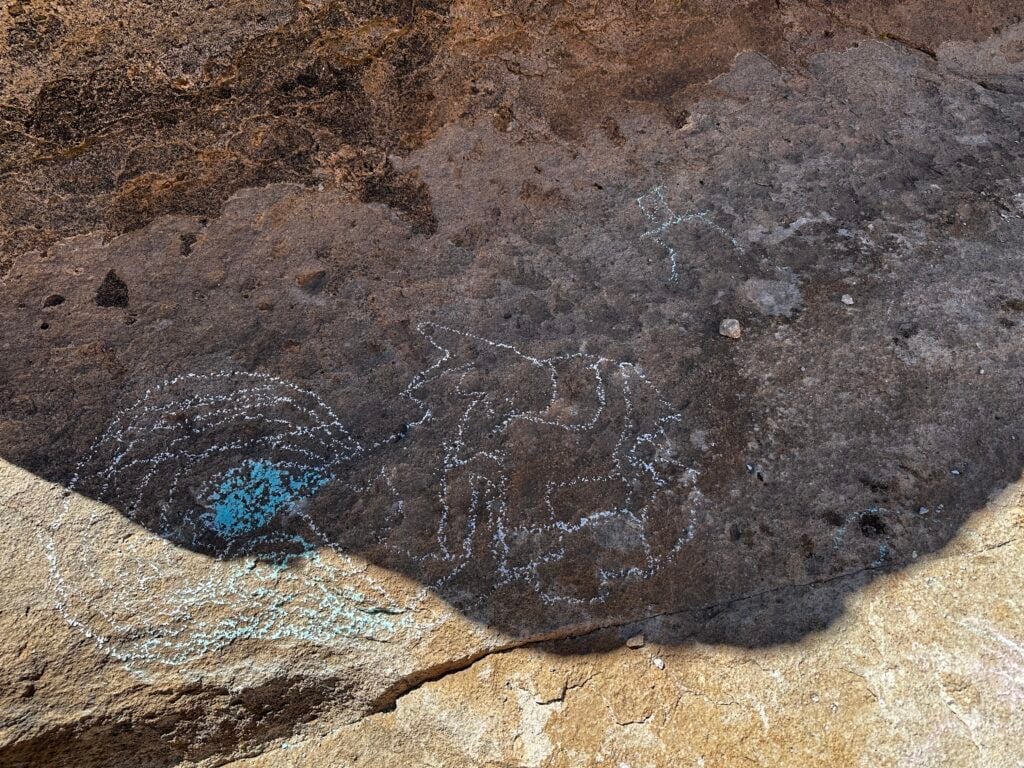
Carry-In, Carry-Out
Carry-in, carry-out means anything you bring into the woods, you are responsible for bringing out. Most people understand this concept, but others struggle with its finer points, such as the residual foil clumps in the fire pit, cigarette butts, or even orange peels. Surprisingly, orange peels take at least six months to biodegrade in a wet environment and can last for an infinite amount of time in a desert.
Pet and human waste is another area that people do not understand. I often see heated debates on Facebook threads discussing pet waste. Some argue that animals go in the woods, so what does it hurt if my dog does? Others say they always pick up their biodegradable pet waste bag on their hike out. However, I challenge you to ask yourself this question. Should the tenth person hiking the trail today have an inferior experience than the first. Why does that hiker have to hike past several bags of pet waste? This basic question can help us guide our responsibilities as visitors to the wilderness.
Human waste is also complicated for people to understand. Unfortunately, many popular parking areas and trailheads have become literal wastelands. Human waste is not part of the natural environment and needs to be properly disposed of, either buried in a cat hole at least six inches deep or carried out like any other trash. I understand hiking with human waste is a bit nasty; however, it is important. We always have spare dog bags with us in case of an emergency.
Reduce, Reuse, Recycle
Reduce, reuse, recycle was one of the public service announcements continuously broadcasting on my local television station growing up. This principle and responsibility were engrained in the fabric of my soul. At every opportunity we have been presented with, we have tried our best to be good stewards of the planet.
- Reduce: Buy in bulk, which saves money and packaging waste. Limit the use of single-serve items. Buy only what you need.
- Reuse: Use real dishes and silverware, and eliminate wasting paper goods. Many items have additional benefits once their primary purpose is complete. Yes, a cottage cheese container is a wonderful dish!
- Recycle: Plastic, glass, and aluminum are the most common items people recycle. Recycling while full-time RV’ing has proven to be difficult. It’s often hard to find recycling locations however we do our best. National and State Parks have been found to be consistent places where we can recycle bottles and cans.
Building Campfires
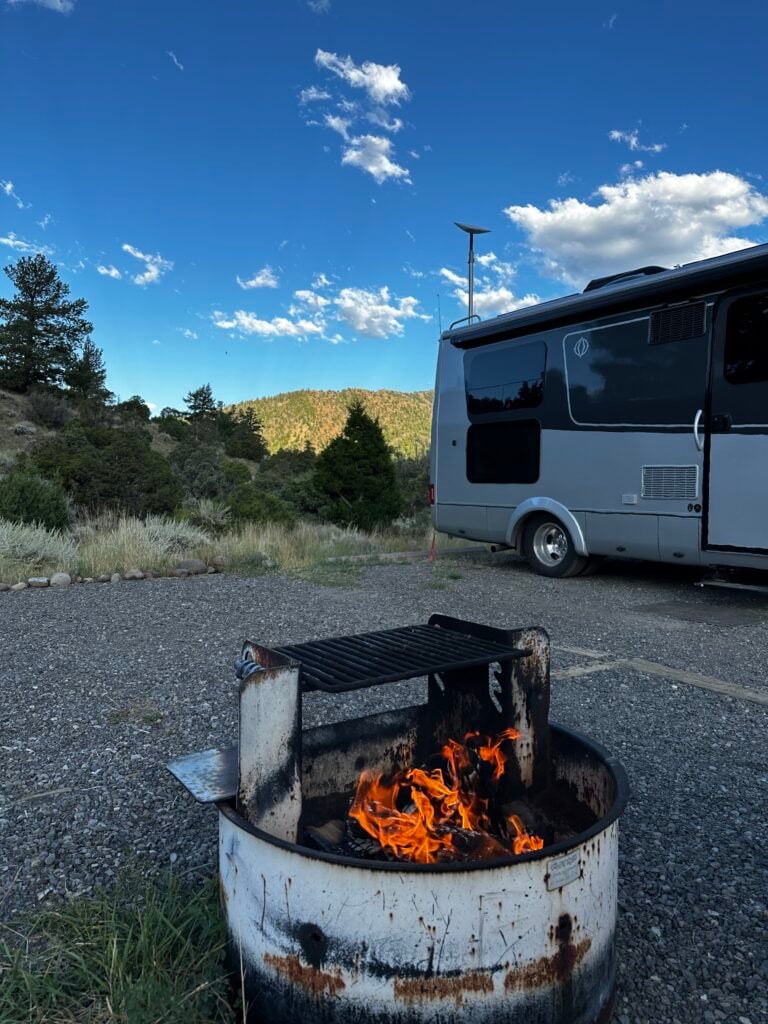
Building campfires is a quintessential camping activity, however it needs to be done with great care. An improper fire can destroy the wilderness we seek to explore. Only build fires in approved locations, following the local rules. Attain the proper permit when necessary. Ensure the weather is appropriate and wind conditions will allow a safe burning scenario.
Only burn local wood. Wood, like boats, carries non-native plant and animal species to places they do not belong. These foreign pests damage local trees and clog waterways. States have laws limiting the transportation of wood. Pillaging campsites for wood also creates problems. As we search for downed trees and branches, we trample vegetation. Eventually, the underbrush is cleared, and it is never returned.
My recommendation is simple. When in the backcountry, use a portable fuel-based cook stove. When at a campground, buy wood from them. If wood is not available, many grocery and convenience stores sell wood free of pests.
Most importantly, ensure safety if you choose to have a campfire. Fires should be small and under control at all times, and sparks should never leave your campsite. Ensure your fire is dead before going to bed or leaving the area.
Respect Wildlife
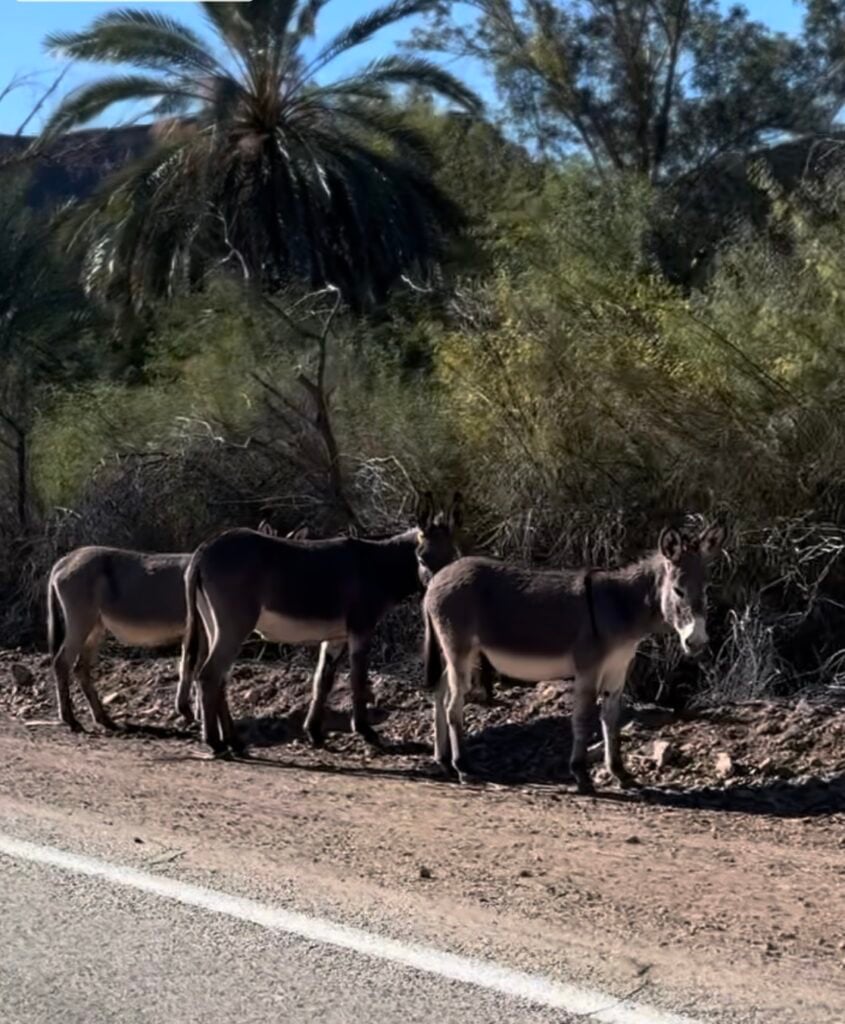
We have all seen the “too close” encounters with wildlife. Grizzlies, Bison, and Moose are consistently in the news because tourists do not understand the responsibilities of visiting nature. The animals who call these places home deserve to exist without our interference. Just think how you would feel if your child was getting a drink of water at the kitchen table, and a stranger walked into your home and approached your child to take a close-up photo or, worse, reached out to touch them. I would be upset and charge to protect them.
This natural reaction not only puts humans in danger but ultimately endangers the animals we hope to see. The same is true when we think feeding wildlife is a good idea. Providing human food to animals can be dangerous for the animals and to future visitors who do not have treats. Many people are bitten by small animals who think they will be given a treat. An animal’s survival is dependent on its ability to provide for itself in the environment in which it lives. It’s our responsibility to not interfere in any way and to observe from a distance, preferably out of the animal’s view.
Camping With Dogs
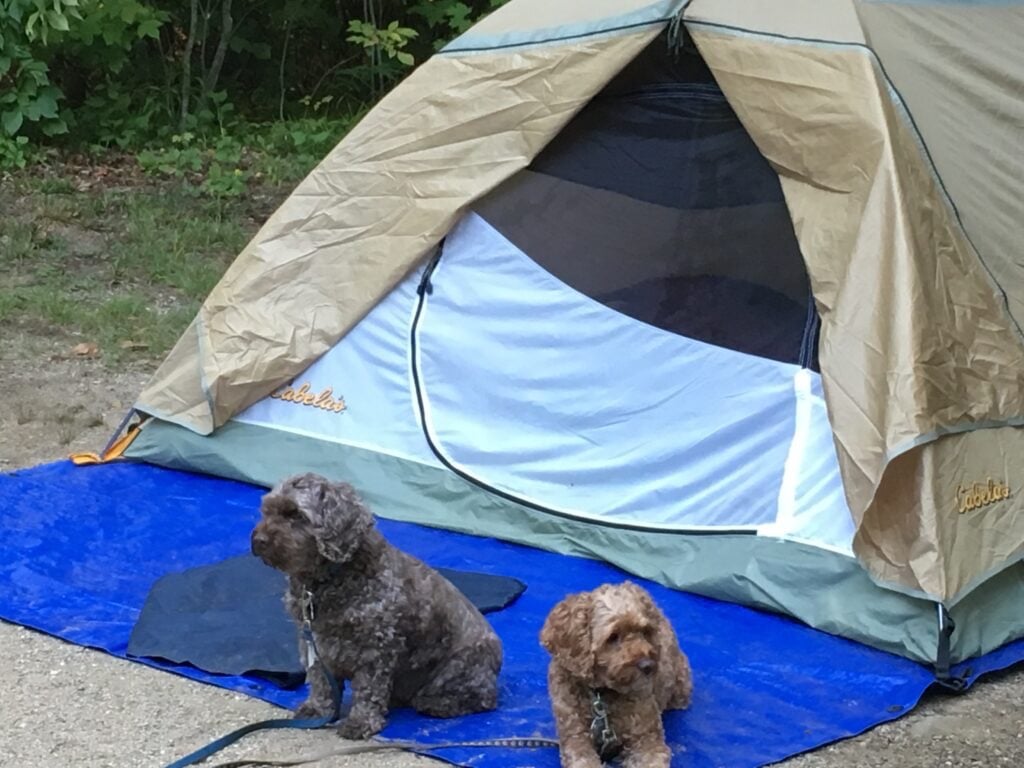
Dogs of all shapes and sizes hike and sustainably camp daily with their human parents. However, it is entirely up to the human parents. I have already talked about pet waste and the responsibility pet owners have to maintain the campsite and trails. The three steps again.
- Pick up all pet waste.
- Carry waste bags with you.
- Dispose of waste in a proper location.
Do not allow your pet to urinate on public walkways or doorways. Visitor centers, including ours (City of Rocks), do not usually allow pets inside. It’s amazing how many pet owners allow their pets to mark all the benches and doorways leading to the visitor center, causing even more pets to do the same. This creates odors and leaves residues on the concrete, which humans and other pets walkthrough. This is then carried throughout the buildings and into our own RVs.
Leashes
Leashes are another difficult concept for some pet owners. A 6-foot leash is always expected, not just when you think someone is looking. Earlier this year, Jess and I were witness to a brutal dog attack. We were hiking in Cattail Cove State Park, Arizona, when we were startled by a man hiking with several off-leash dogs. They were aggressive, barking, growling, and jumping. I yelled and put my trekking poles in front of me, keeping the dogs away. Their owner heard my yelling and called to his dogs.
We hiked several more miles, feeling uneasy; we carried both dogs in their backpacks. As we rounded a turn in the canyon, an older gentleman was down on all fours, digging through the gravel in the wash. Blood covered him and his dog. He was hearing impaired and searching for the transmitter to his cochlear implant, which had fallen off in the attack.
We assessed the scene, provided him with first aid, and found the transmitter. The dogs we had encountered earlier had attacked his dog. He used his body as a shield to protect his badly injured dog, and that’s when he was also injured. We hiked back to the campground with him and found additional assistance for him and his dog. Both required medical treatment. Unfortunately, I do not know if the dog survived.
As a pet owner, I am responsible for following the rules, regardless of how I perceive my pet’s behavior. How do you think this man will feel in the future if he meets an unleashed dog on a trail?
Do Not Disturb Wildlife
Pets who are unleashed face several dangers. Currently, we are seeing many rattlesnakes throughout the southwest desert. A bite from a rattlesnake is almost always fatal to a dog. Dogs are curious and love sniffing in areas where snakes live. A leash is a simple way to help ensure your pet’s safety.
Woodland areas can be equally dangerous. A simple squirrel encounter can lead to a missing pet. We frequently see signs at trailheads from owners searching for lost dogs. Even worse, both can be injured when dogs chase large game like deer or moose.
As a dog lover, full-time RVer, and avid hiker, I have no issues traveling with our fur babies sustainably and mindfully. However, I do see daily why the ability to travel and explore with my pets is becoming exponentially more difficult. National Parks and many State Parks no longer allow pets, and more places ban them daily.
I do not blame the pets; the bad behavior sits squarely on our shoulders as owners. There is no such thing as a bad pet.
Plan Ahead and Prepare
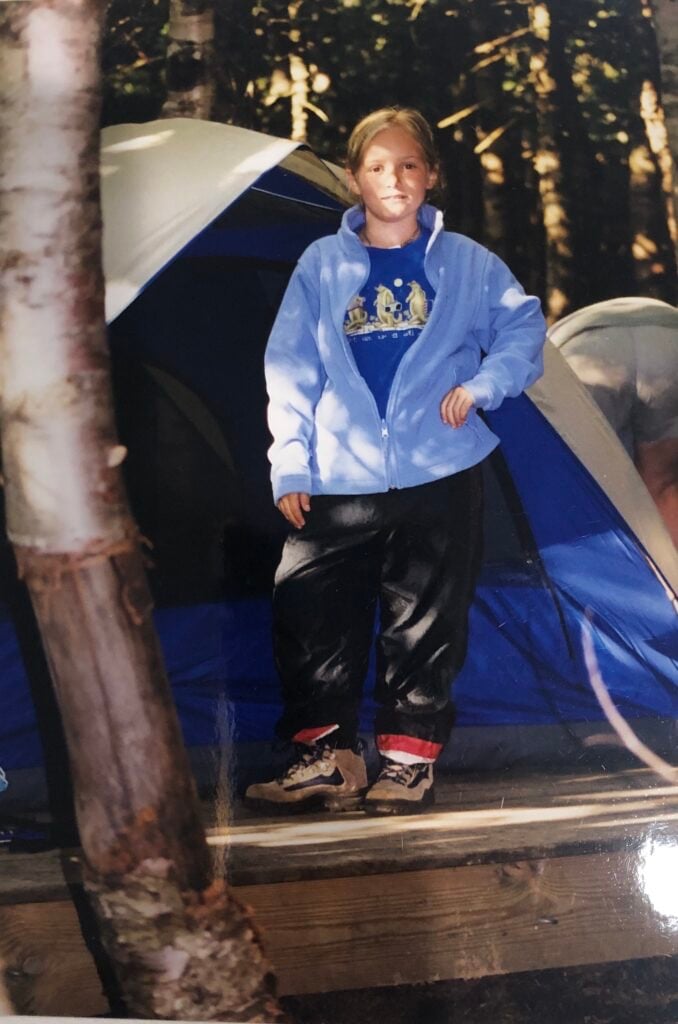
Whether RVing, tenting, or car camping, we are guests in the wilderness, and it’s our responsibility to be good stewards. Camping requires the preparation of gear, food, and knowledge.
- Camp only in designated areas on durable surfaces, such as tent platforms or gravel pads.
- Do not go off-road after heavy rains or mud season.
- Understand the availability of water.
- Know the local climate and expected weather.
- What elevation will your campsite be? Will that cause any issues? We are currently at 5000′, and I am amazed at how many people have problems with their generators. LTV has spoiled us with the generator they installed. There is an adjustment on our Wonder’s generator, which provides the proper fuel mixture at elevation.
- Follow pet rules.
- Do not interfere with wildlife.
- Build fires only in established campsites.
- Camp at least 200′ from trails or water sources.
- Leave no trace.
- Take only pictures and leave the environment as you found it.
- Know the rules governing the area where you will be camping and follow them.
- Teach the next generation by example.
Teach Young People
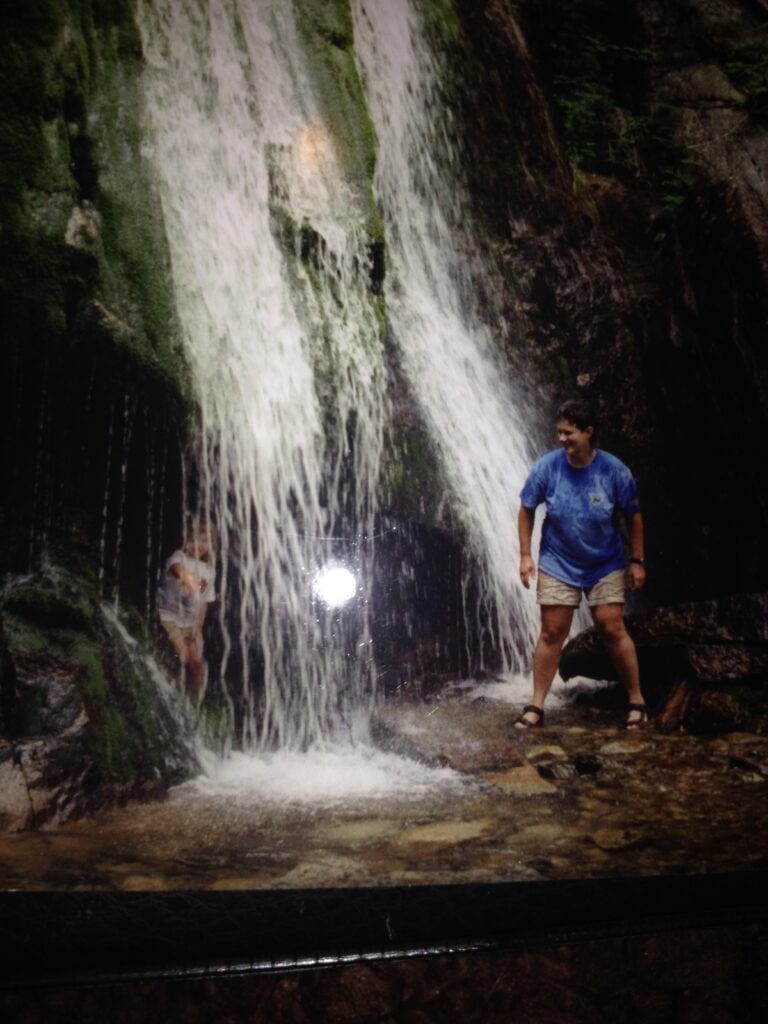
Ultimately, sustainable camping and mindful travel are about doing our part to protect these beautiful places for the next generation. The experiences and memories we made camping and backpacking in the wilderness have resulted in a lifetime of conservation and stewardship, not only for us but also for our daughter and her family.
Every day, I am proud of the choices I watch her and her husband make, which guide their family toward sustainability. Interestingly, I realized the power beautiful places have on people of any age. The values and lessons we learned while sustainably camping transcend to future choices and generations. Nature can get under your skin and become engrained in your soul. It’s this gift that I am most happy to share with others.
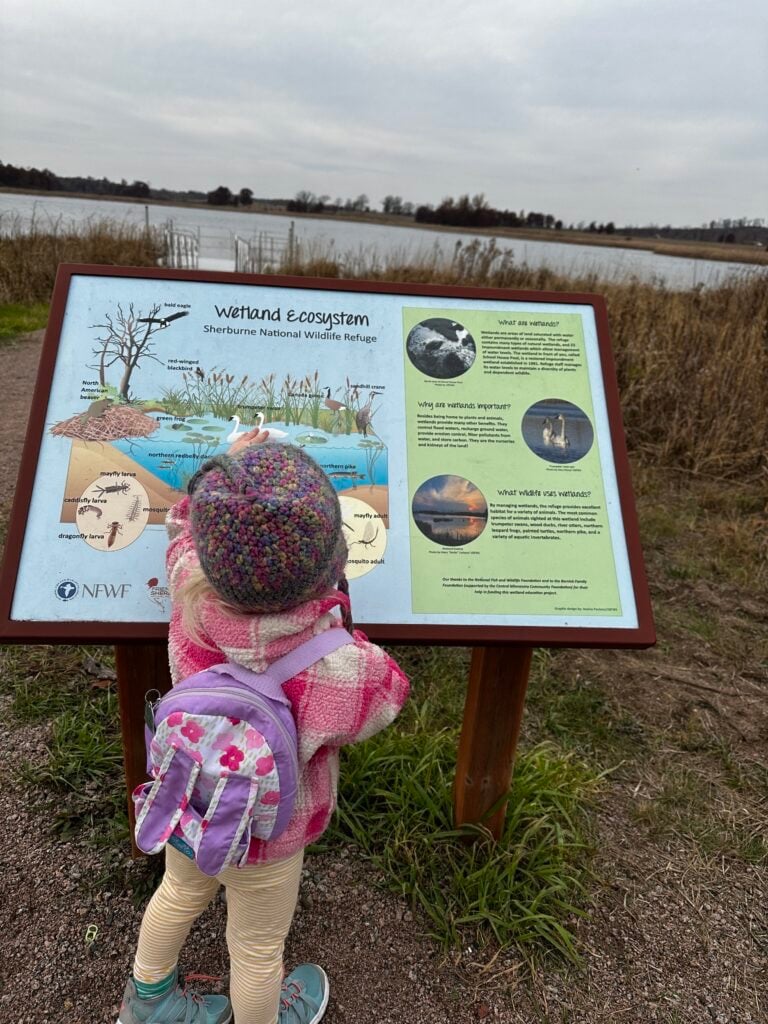
Through mindful decision-making and sustainable camping, we are experiencing life on the road exactly how we want to. Promoting good stewardship and preservation will ensure future generations the opportunity to discover for themselves the wonders and beauty of nature.
Live Simple. Live Happy.


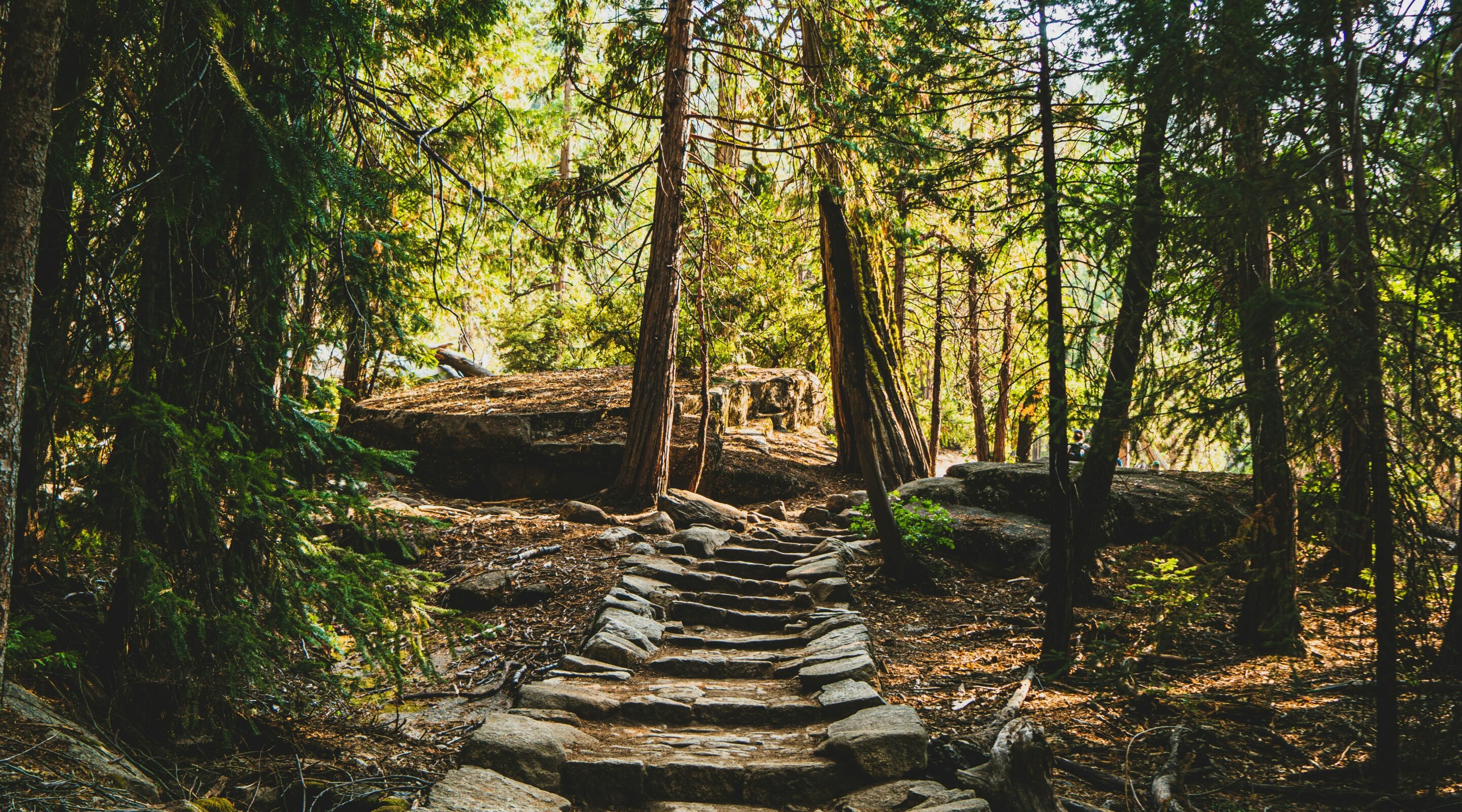
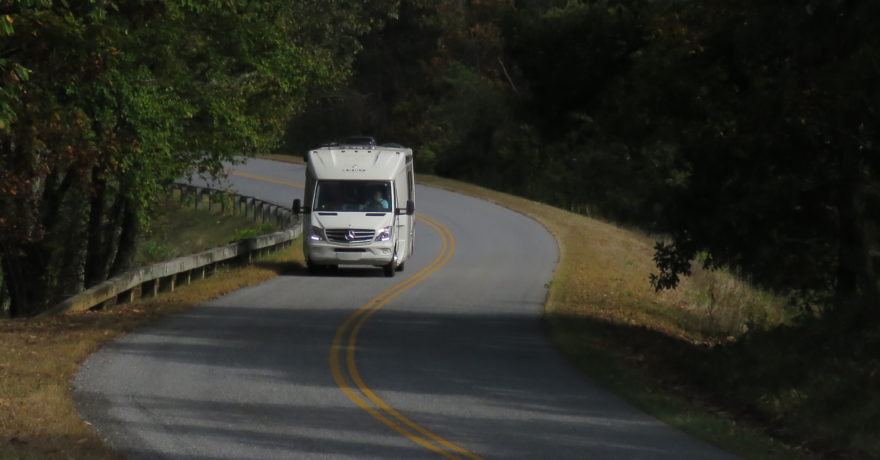
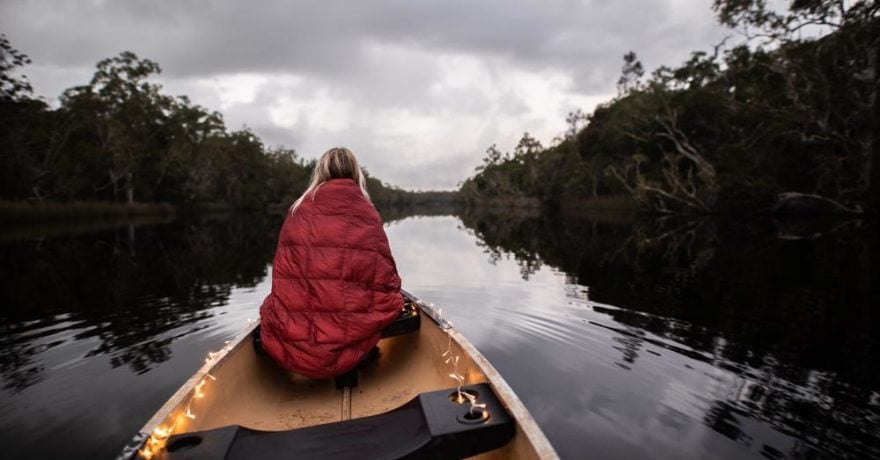
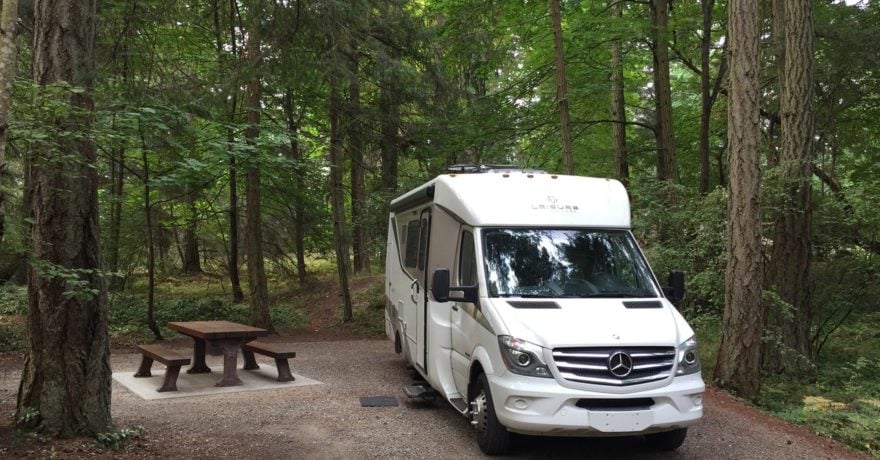
Comments